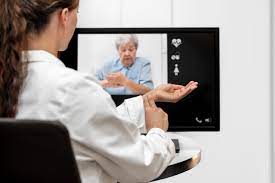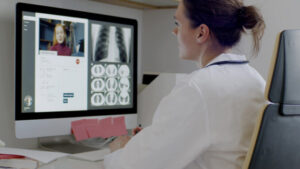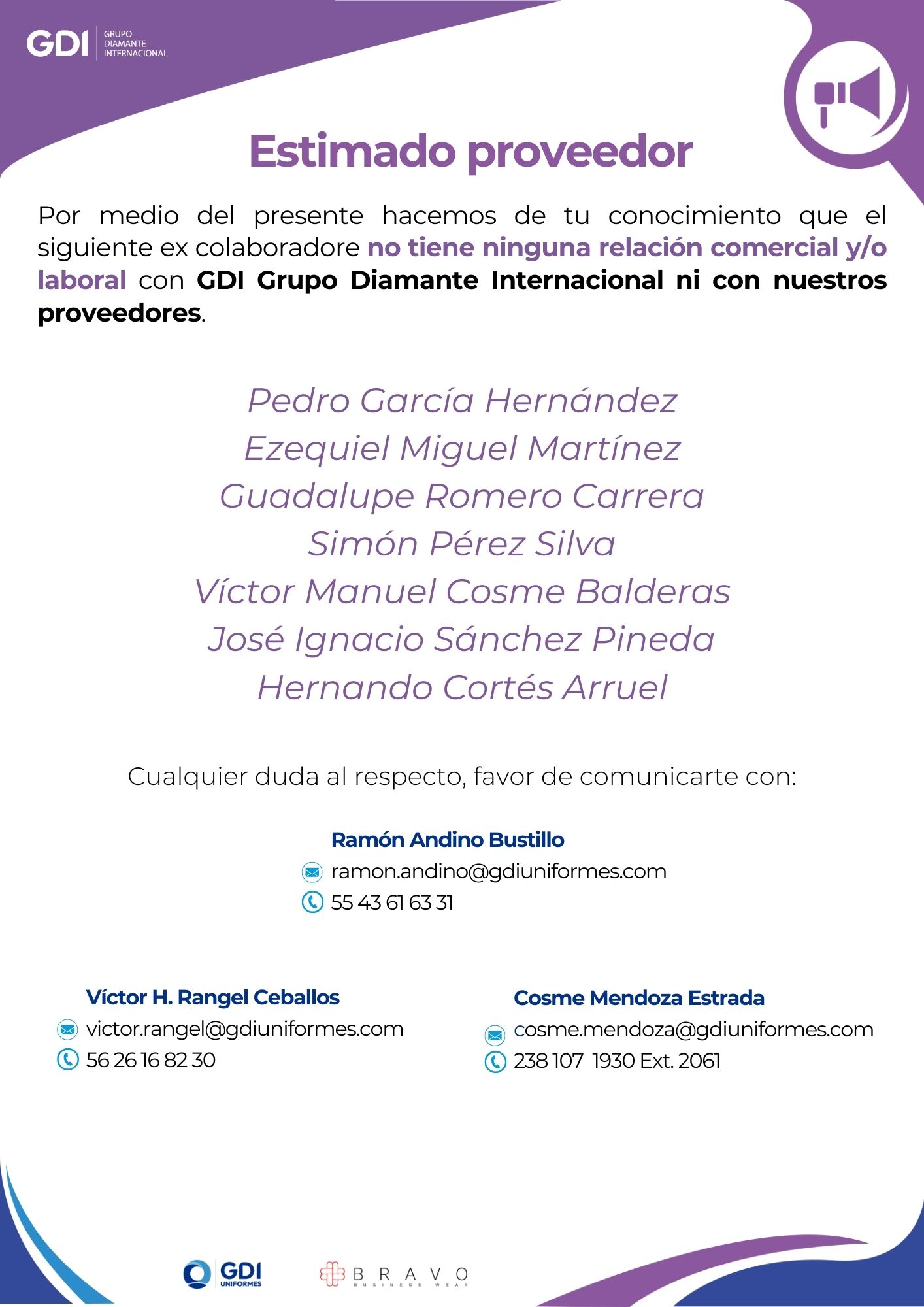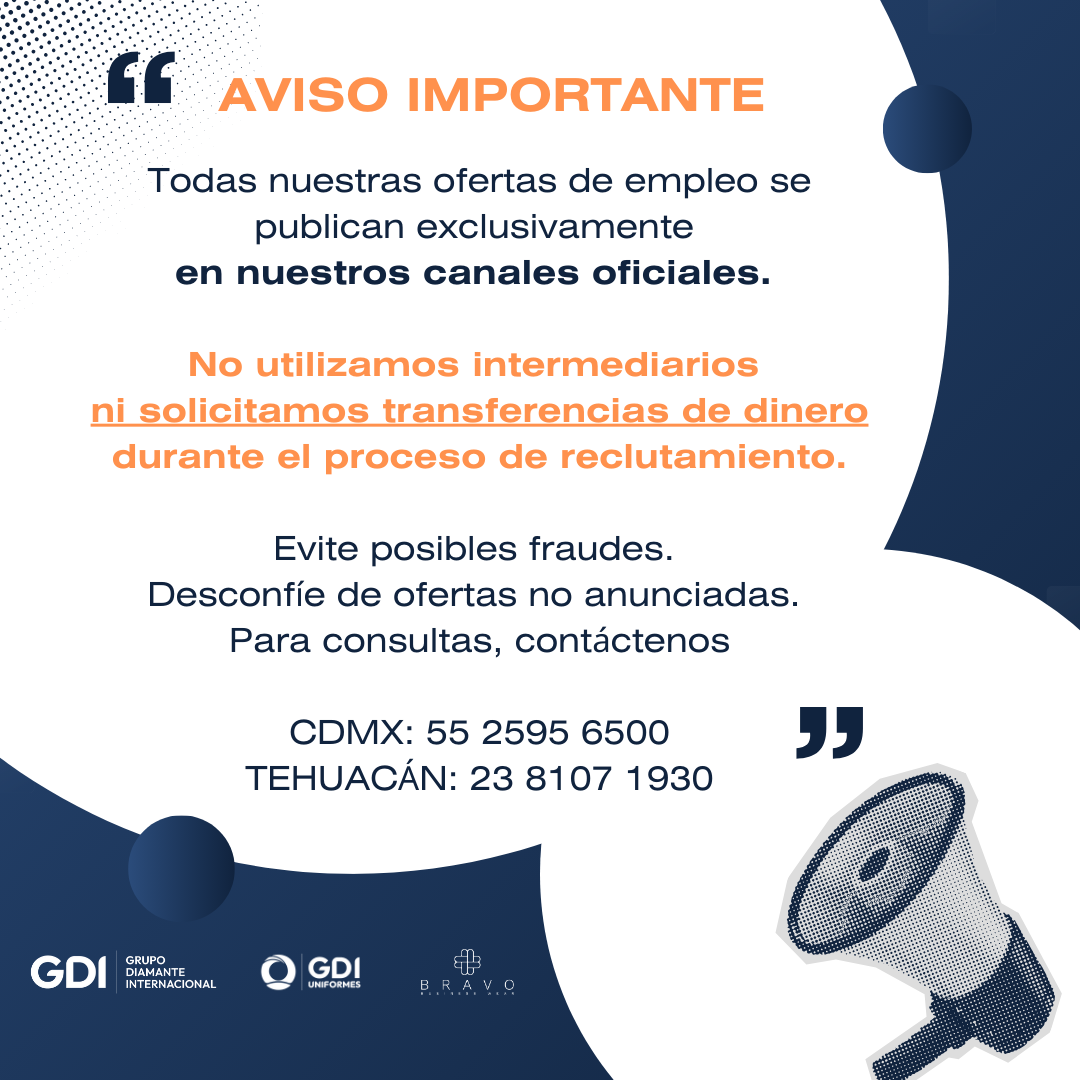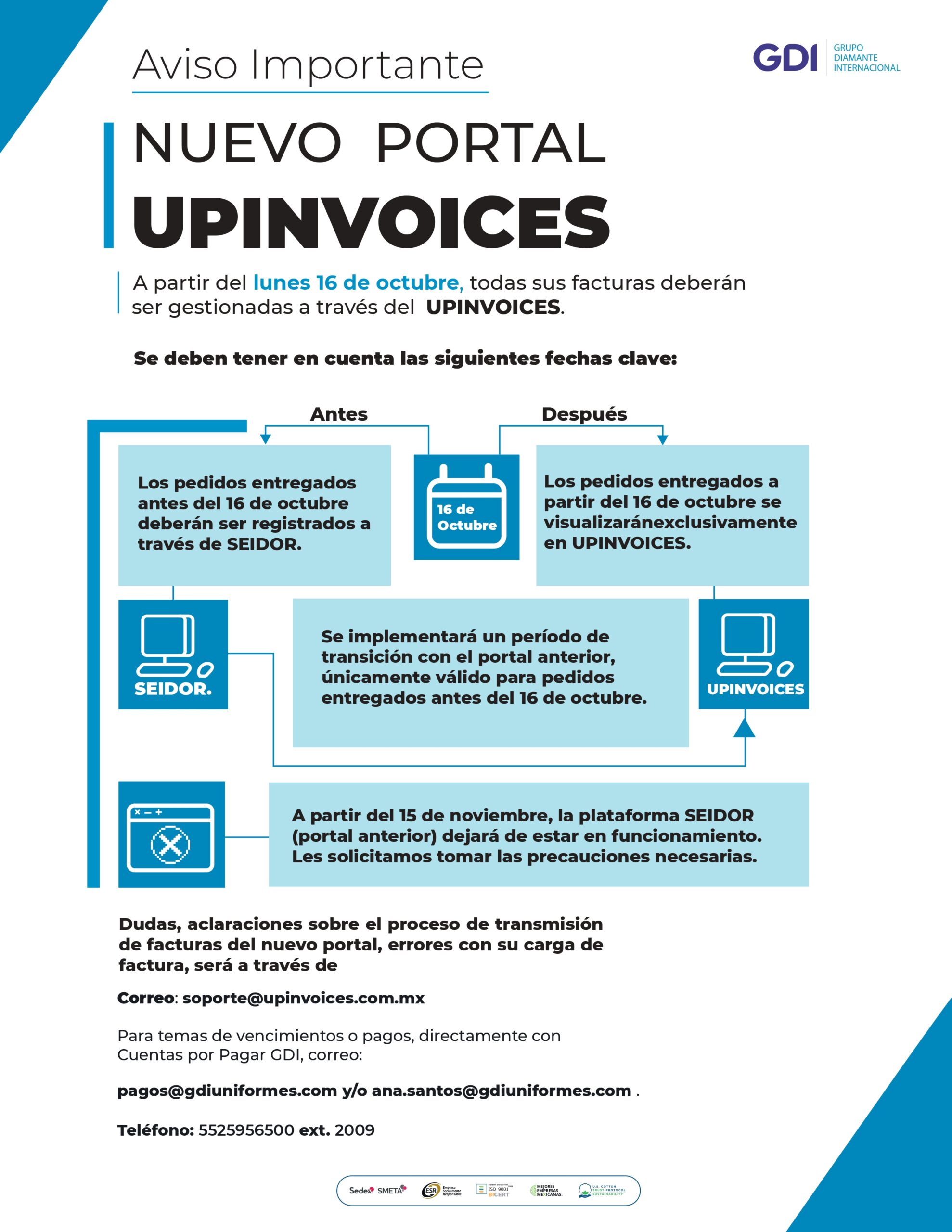Services group together a series of activities that provide comfort or well-being to people.
There are public services that are administered by the government, such as: water supply, education, government administration, rubbish collection, public transport and postal services.
There are also private services offered by lawyers, accountants, waiters, hairdressers, cooks, among many others.

WHAT ARE THE 4 CHARACTERISTICS OF THE SERVICES?
Service businesses have unique characteristics that define and differentiate them from each other. In any case, there are four key attributes of this type of business. They are as follows:
- Intangibles. Unlike products, most services cannot be experienced or consumed until the contract is made and this can be a challenge for businesses of this type, as customers may feel they have to make a purchasing decision without adequate information.
- Inseparable. Products can be produced in parts and even in different locations, but services are unique because they are generally provided and consumed at the same time in the same location.
- Ephemeral. Services are often perishable, meaning that unused capacity cannot be stored for future use or sale. For example, a restaurant might be full one night and half empty the next. If the restaurant operates on an inflexible staffing model, the costs will nevertheless be the same in both cases.
- Variables. Manufactured products tend to rely on automated processes and quality assurance procedures that result in a consistent product. However, the quality of a service can vary according to many factors, including who provides it, where it is provided, when it is provided and how it is provided. The more a business relies on human beings to provide services, the more susceptible it is to variability.
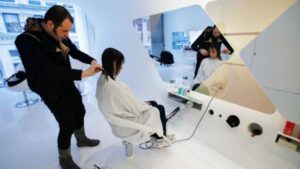
There are more than 1,899,812 establishments dedicated to services in Mexico.
Their activities are very varied and take place in hotels, restaurants, schools, hospitals, theatres, cinemas, sports centres and beauty salons, among others, and the number of establishments continues to grow.
Nationally, there are more than 10,844,080 people working as service providers.
Compared to other sectors of the economy, services rank first in terms of the number of people employed in them.
For this very important sector, the image of the brands must be differentiated, unique, comfortable and cover all the needs of the collaborators.
That is why at GDI we offer you a fully comprehensive service, ranging from safety, comfort and a security, comfort and a design that differentiates and personalises your brand.. We are your best option when choosing the clothing for your collaborators, we adapt to your needs, to what you want and always maintaining your corporate image.
We are experts in various sectors and our track record confirms this.
Contact us for our garment catalogues for your sector.



